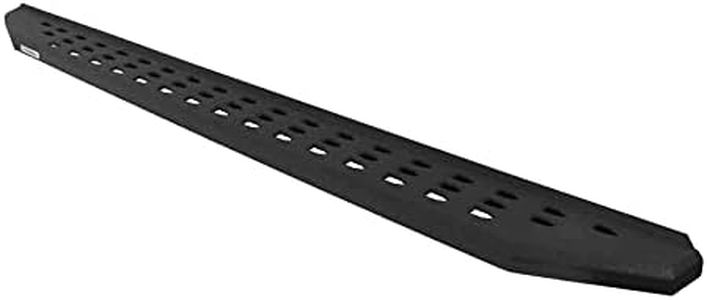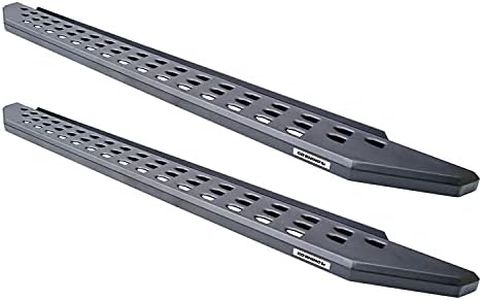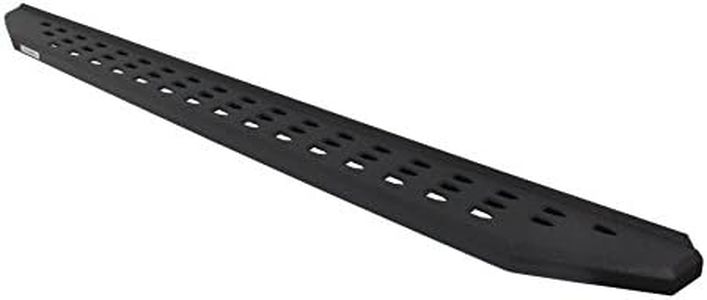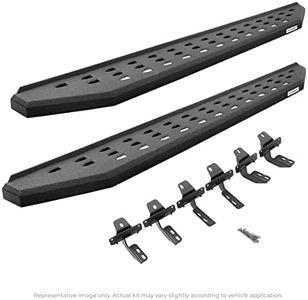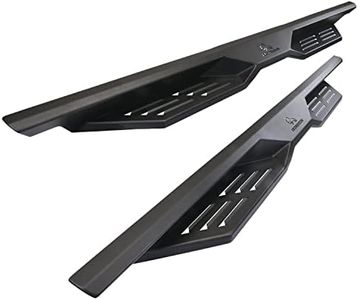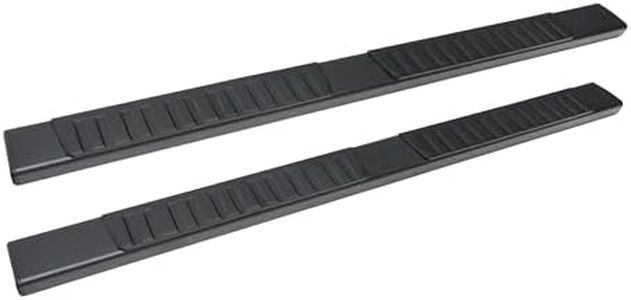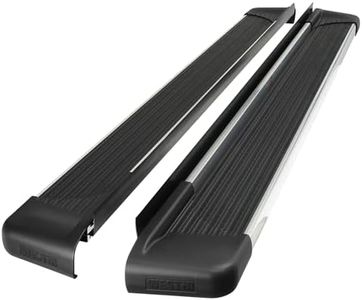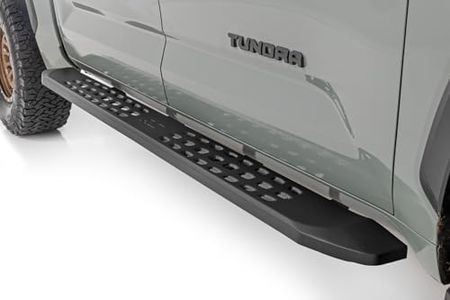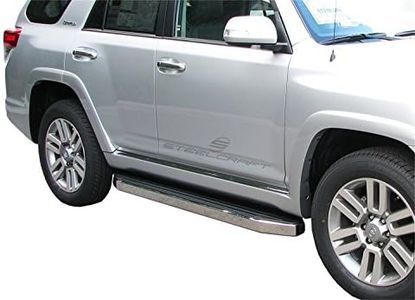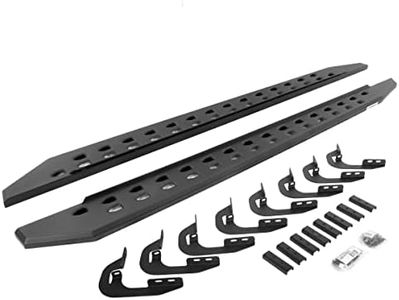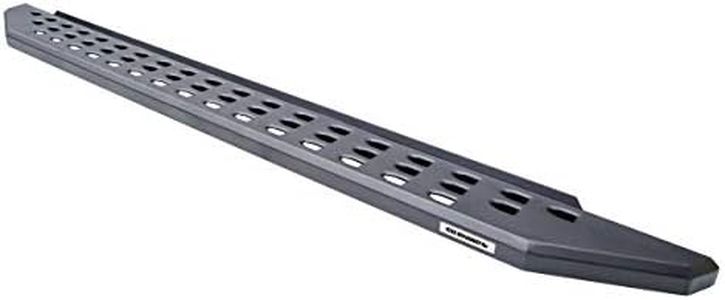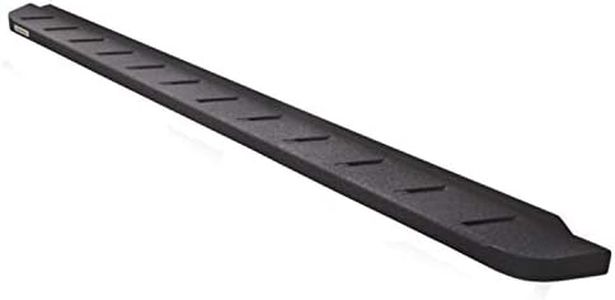We Use CookiesWe use cookies to enhance the security, performance,
functionality and for analytical and promotional activities. By continuing to browse this site you
are agreeing to our privacy policy
10 Best Running Boards
From leading brands and best sellers available on the web.By clicking on a link to a third party's website, log data is shared with that third party.
Buying Guide for the Best Running Boards
Running boards are a useful accessory for vehicles, especially trucks and SUVs, designed to make getting in and out easier while also offering some protection to the lower sides of your vehicle. When shopping for running boards, your main aim should be to choose something that fits your car perfectly, supports the right amount of weight, and meets your preferences for durability and appearance. It's important to consider how often people will use them, the typical conditions they'll be exposed to, and whether you want them as a practical feature, a style upgrade, or both.Length and FitLength and fit refer to the size and how well the running boards match your vehicle's make, model, and year. It's crucial because an ill-fitting running board won't provide safe footing and might not even attach properly. Running boards come in universal or vehicle-specific sizes. Universal types have more flexibility but might need modifications, while vehicle-specific running boards are designed for an exact fit, making installation much easier. You should ensure that the running board spans the length you need (cab length or wheel-to-wheel) and aligns properly with the doors. Always match the running board specifications to your vehicle's details for the most secure result.
MaterialThe material of the running board affects its durability, weight, resistance to rust, and how it looks. Common materials include aluminum, stainless steel, ABS plastic, and composite blends. Aluminum is lightweight and rust-resistant, while stainless steel is heavier but very strong and has a polished look. Plastic or composite boards are lighter and often less expensive, but might not last as long under heavy use. If you live in areas with a lot of rain or snow, choosing rust-resistant materials is wise. Pick a material that matches your climate and how much use the boards will get.
Weight CapacityWeight capacity means the maximum weight the running board can handle at one time. This is important for safety—if the running board can't handle the weight of users, it could bend or break. Weight capacities usually range from about 300 to 500+ pounds. If you expect frequent or heavy use, especially by adults or if you'll be loading gear, opt for a higher capacity. Read the manufacturer's guidelines and consider the typical users of your vehicle.
Step Surface and GripStep surface and grip describe the texture and width of the part you step on. A good step surface will provide enough traction to prevent slipping, even in wet conditions. Designs vary from smooth finishes to those with grooves or rubber inserts. Wider boards (around 5 inches or more) are more comfortable and safer, especially for children or older adults. If you live in an area with snow or mud, textured or rubberized surfaces are better to avoid slips. Think about who will use the vehicle and prioritize grip if you want to maximize safety.
Style and FinishStyle and finish refer to the visual appearance, color, and shape of the running boards. This is mainly about personal preference, and options include matte or glossy finishes, chrome details, or subtle painted designs. Some styles are tubular or flat, and the finish can help resist scratches and corrosion. If looks matter to you, choose a board that matches your car’s style or stands out as an upgrade. For those focusing mainly on function, still consider a durable finish for longevity.
Installation MethodThe installation method tells you how easy or difficult it will be to attach the running boards. Some are designed for no-drill, bolt-on installation using existing mounting points on your vehicle, making it easier for someone with basic tools and skills. Others may require drilling or professional installation. If you prefer DIY projects, look for easy bolt-on kits. If you’re not experienced or don’t have tools, you might need help from a pro, which can influence your choice.

